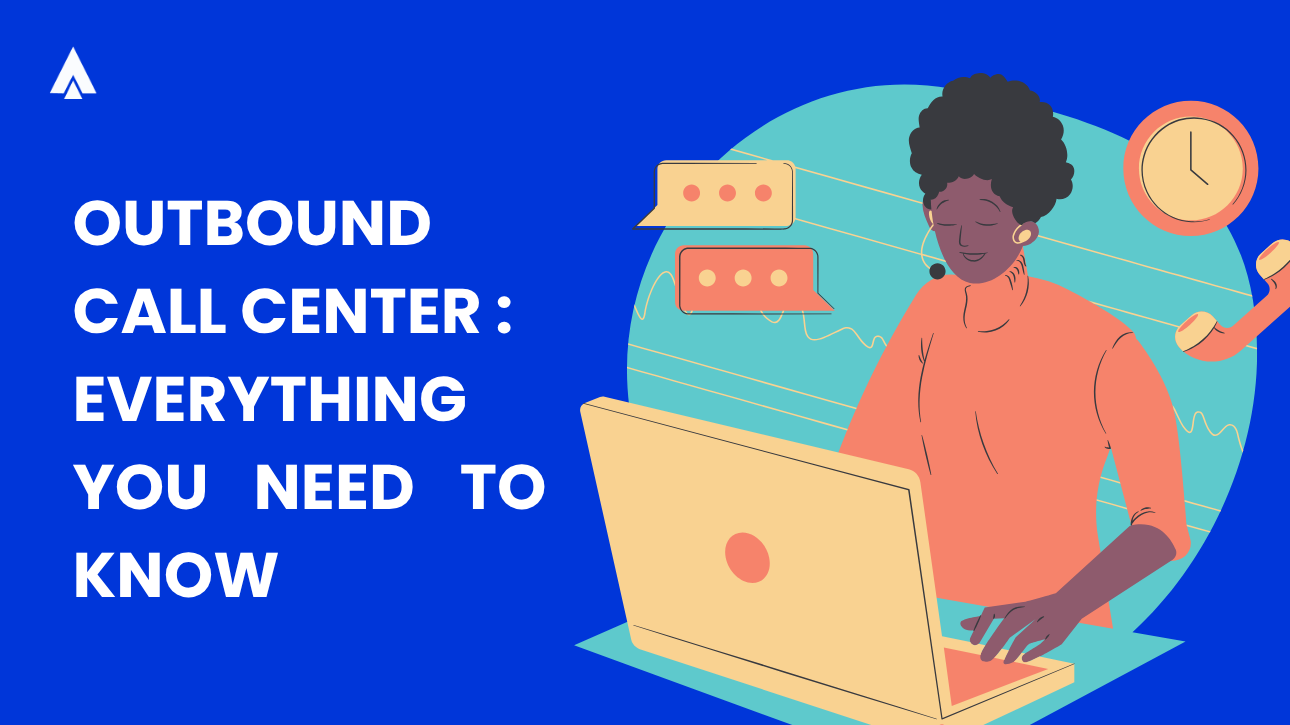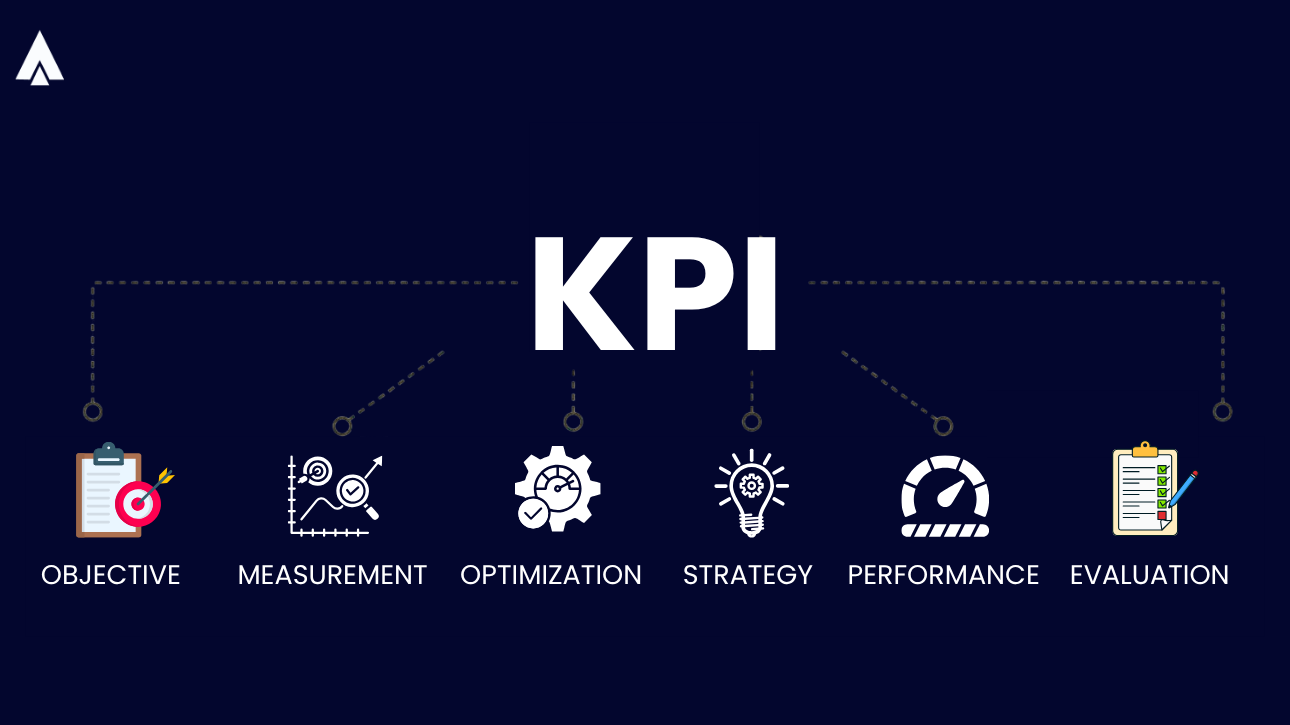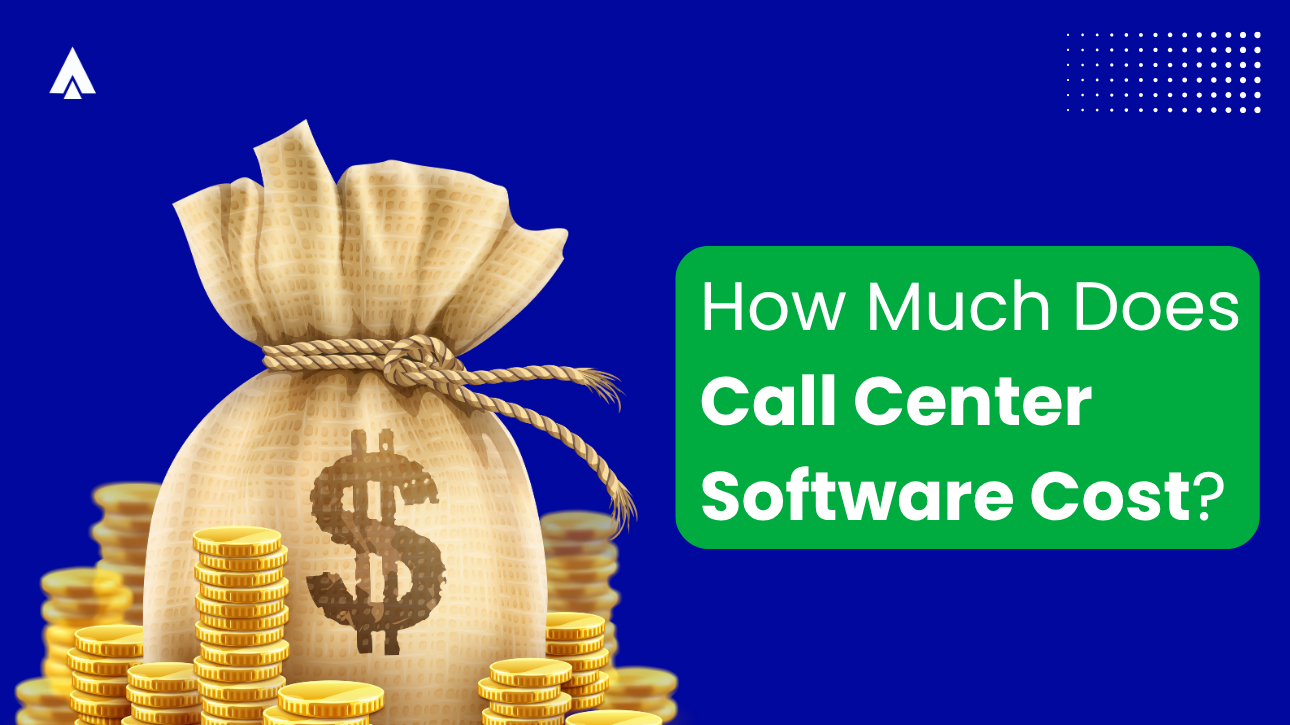In high-pressure sales and customer service, every missed call can mean a missed opportunity. Many businesses still rely on outdated system manual dialing, disjointed CRMs, and a lack of automation. As a result, agents spend more time toggling between tools than actually talking to customers.
Without real-time tracking, performance data, or dynamic scripting, agents lack the insights to handle deals effectively. But what if your outbound calling strategy could transform into a proactive, intelligent engagement engine?
This guide breaks down the essentials of outbound call centers, right from how they work to the technologies that drive them. We also explore how Acefone can help you scale smarter.
What is an Outbound Call Center?
An outbound call center is dedicated to outbound calling operations to customers and prospects for purposes like sales, marketing, surveys, and follow-ups. It’s a setup where agents actively reach out to initiate conversations for:
- Generating leads
Outbound calls help identify and qualify potential customers quickly, allowing sales teams to focus on high-value prospects and grow the pipeline efficiently. - Conducting surveys
Surveys via calls provide real-time feedback from customers, helping businesses understand needs, measure satisfaction, and improve products or services. - Collecting payments
Proactive payment calls make it easier for customers to complete transactions on time, reducing late payments and improving cash flow. - Following up on inquiries
Timely follow-ups ensure prospects get answers and support when needed, increasing the chances of moving them further down the sales funnel. - Recovering abandoned carts
Reaching out to customers who left items in their cart helps recover lost sales by addressing concerns or offering incentives to complete the purchase.
Unlike inbound call center, outbound call center take the initiative reaching out to customers with value-based communication.
Inbound vs. Outbound Call Centers
Here’s a quick comparison using Acefone’s capabilities:
| Feature | Inbound Call Center | Outbound Call Center |
| Primary Goal | Customer support | Sales, outreach, lead generation |
| Call Initiation | Customer calls agent | Agent calls customer |
| Call Routing | IVR + skill-based routing | Skill-based outbound targeting |
| Acefone Feature Match | AI-enabled IVR, Live dashboards | Predictive dialer, call scripting, CRM sync |
| KPIs | FCR, CSAT, average wait time | Conversion rate, talk time, lead response time |
| Popular Industries | Retail, telecom, healthcare | BFSI, EdTech, telecom, e-commerce |
Key Functions For Outbound Call Center
Outbound call center cater to diverse customer interactions as per business and industry requirements. However, they can be categorized into broader operations.

1. Sales & Lead Generation
Sales and lead generation are perhaps the most well-known functions of an outbound call center. These operations revolve around cold calling, upselling, and cross-selling, forming the core of outbound sales strategies.
2. Customer Surveys & Feedback
Outbound calls are a highly effective method for proactively gathering direct feedback, understanding customer satisfaction levels, and identifying areas for improvement. This is a common and valuable use case.
3. Appointment Setting & Reminders
Many industries rely heavily on this. Healthcare (doctor appointments), service industries (maintenance, consultations), and even B2B sales (setting demos) frequently use outbound calls for scheduling, confirmation, and reminders to reduce no-shows.
4. Debt Collection & Payment Follow-Ups
This is a significant function for financial services, utilities, and any business with recurring payments. Outbound calls are used for gentle reminders, negotiating payment plans, and recovering overdue amounts.
What Technology Outbound Call Center Use?
Modern outbound operations aren’t just about dialing numbers; they rely on integrated tools for productivity, personalization, and performance tracking.
1. Auto Dialers
Speed up outbound efforts with:
- Predictive dialer: This is exactly how they work, maximizing agent talk time by filtering out voicemails, busy signals, and no-answers.
- Preview dialer: Essential for calls requiring agent preparation and personalization before the call connects.
- Auto Dialer: Automatically dials numbers from your list one after another, connecting agents only when a live call is answered to maximize talk time and minimize wait.
- Ratio Dialer: Dials a predefined number of calls per available agent, balancing call volume and agent availability to optimize connections without overwhelming your team.
2. CRM Integration
Instant access to customer data allows agents to personalize conversations, follow up contextually, and manage call histories from a unified dashboard.
- Instant access to customer data: Fundamental for personalization and context.
- Personalize conversations hub: These are the direct benefits of CRM integration, leading to better customer experience and agent efficiency.
3. Call Monitoring & Analytics
Supervisors can listen in, coach in real-time, or analyze performance metrics such as talk time, call disposition, and conversion rates.
- Supervisors can listen in, coach in real-time: Key for agent development and performance improvement.
- Analyze performance metrics: These are standard and vital KPIs for the outbound call center to measure effectiveness and identify areas for optimization.
Modern contact centers are leveraging advanced auto dialer software benefits to automate repetitive tasks and accelerate outreach.
Acefone, for example, offers advanced call tracking and compliance-friendly monitoring tools.
How Does an Outbound Call Center Work?
SDRs rely on outbound calling to connect with leads in a more direct, personal way. It sets the stage for trust, engagement, and stronger sales opportunities.
1. Campaign Setup
Admins set up the campaign by defining clear goals, creating call lists, and choosing how calls will be made. This step ensures the team knows what to achieve and who to contact.
2. Dialing Strategy
The dialer system automatically makes calls using different methods of predictive, preview, or power dialing designed to maximize efficiency and connect with more prospects.
3. CRM Integration
Agents see caller information and past interactions instantly within their CRM. This helps them personalize conversations and respond better to customer needs.
4. Call Execution
Agents follow prepared scripts and take notes during the call to keep conversations focused and gather important details. This supports a consistent and effective communication approach.
5. Post-Call Actions
After each call, agents record what happened, schedule reminders, and set up any needed follow-ups automatically. This keeps the workflow organized and ensures that no lead is forgotten.
6. Analytics
Managers track important numbers like call duration, success rates, and conversions to understand how well the campaign is performing. These insights help improve future calls and boost results.
Examples of Outbound Call Center
Outbound call center power a wide range of business functions across industries. Here are some real-world examples that highlight how teams use outbound calling to boost engagement, drive revenue, and improve customer experience:
1. Lead Generation for B2B Tech Firms
Sales development representatives (SDRs) at SaaS companies often use outbound calls to connect with qualified leads, schedule product demos, and nurture prospects through the sales funnel.
2. Appointment Reminders in Healthcare
Hospitals and clinics regularly reach out to patients with appointment confirmations, follow-up scheduling, and medication reminders, helping reduce no-shows and improve care coordination.
3. Debt Collection in Financial Services
Banks and lenders use outbound teams to follow up on missed payments, offer payment plans, and resolve account issues, all while maintaining compliance with industry regulations.
4. Customer Retention in Telecom
Telecom providers proactively contact customers approaching contract expiration to offer retention deals, cross-sell upgrades, or gather feedback to reduce churn.
5. Survey and Feedback Campaigns
Brands in retail and hospitality often deploy outbound calls after purchases or service interactions to collect customer satisfaction scores (CSAT) and uncover areas for improvement.
6. Event Promotion and Registration
Event management companies and educational institutions use outbound calling to invite participants, confirm attendance, and send reminders for webinars, workshops, or training sessions.
Best Practices for Outbound Call Center
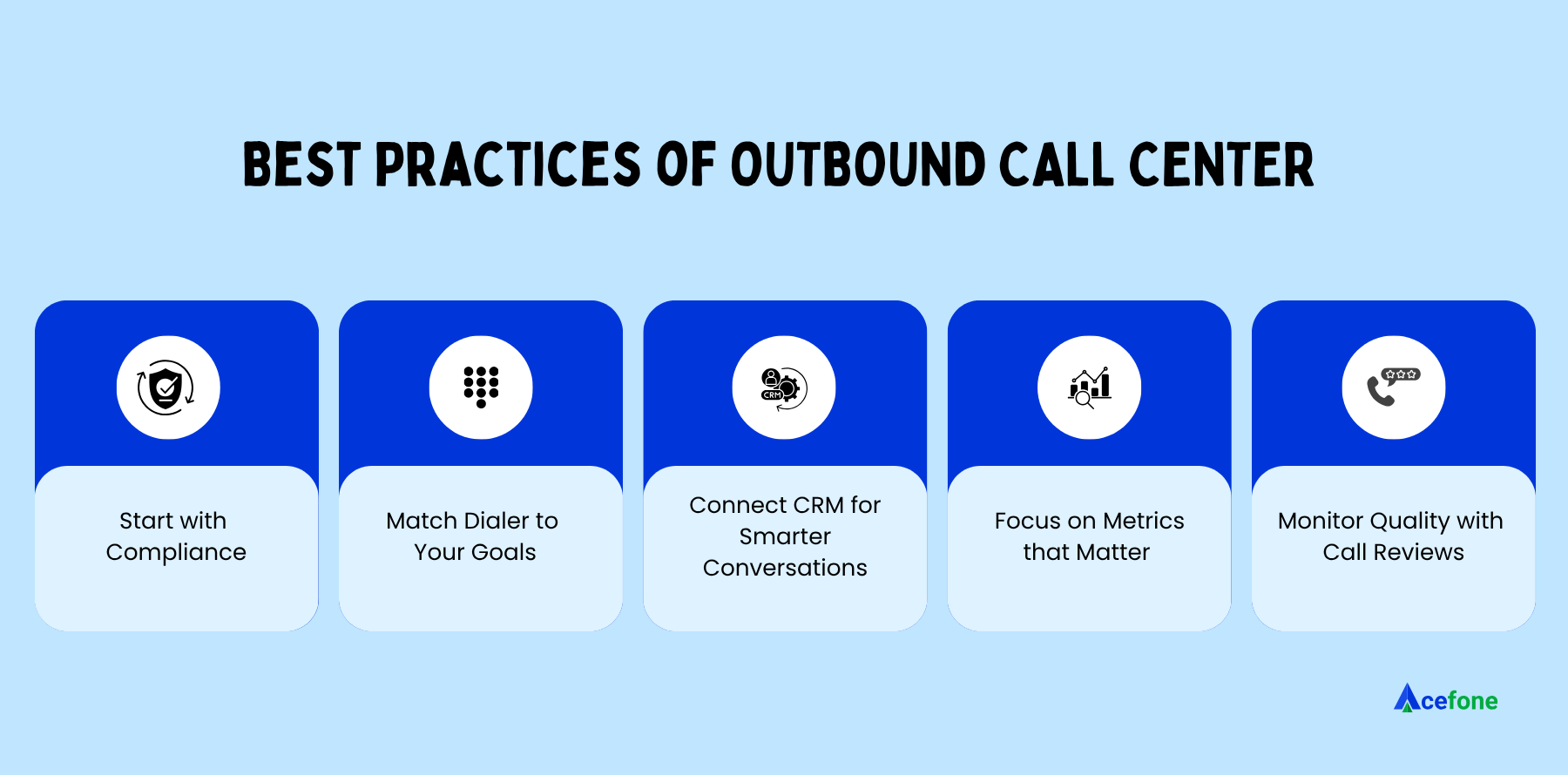
Running a top outbound call center software needs more than just a dialer and contacts. It requires a clear strategy, modern tech, and a team-first approach to deliver results with compliance and consistency.
Based on industry benchmarks and scalable communication tools, these proven practices can help you maximize campaign effectiveness:
1. Start with Compliance
To stay compliant with telemarketing rules, use tools like DNC checks, consent tracking, and call logs. It helps you stay ready for audits and builds trust from the first call.
2. Match Dialer to Your Goals
Use predictive for speed, preview for personalized calls, auto for nonstop dialing, and ratio to balance calls with agents. Pick what fits your campaign best.
3. Connect CRM for Smarter Conversations
Integrated CRMs give quick access to contact history and preferences, helping tailor messages and make follow-ups smoother.
4. Guide to Adaptive Scripting
Scripts should support, not limit, conversations. Give agents flexible prompts that adjust to customer intent, buying stage, or mood. This keeps talks natural and consistent.
5. Focus on Metrics that Matter
Track key metrics like connection rates, talk-to-listen ratio, conversion efficiency, and follow-up timing. Real-time dashboards help with coaching and quick campaign tweaks.
6. Monitor Quality with Call Reviews
Use recordings and live supervision to keep quality high, spot training needs, and stay compliant. Regular reviews also help share top-performing behaviors across teams.
7. Keep Data Clean and Targeted
Segment of contacts by behavior, interest, or geography. Regularly update your database to remove invalid entries, reduce bounce rates, and improve agent productivity.
8. Automate Wrap-Up Work
Streamline post-call tasks like tagging, scheduling, and CRM updates to keep agents focused on live calls. This cuts delays, improves data accuracy, and boosts performance.
Industries That Rely on Outbound Call Center
Many industries depend on outbound call center to drive engagement, boost efficiency, and deliver timely communication across key touchpoints.
1. Telecommunications
Calls focus on upselling data plans, running retention campaigns to keep customers, and promoting service upgrades to enhance user experience.
2. Financial Services (BFSI)
Agents promote loans, update customer KYC details, manage debt collection, and help prevent fraud through timely calls.
3. Retail & E-commerce
Outbound calls help follow up on abandoned shopping carts, promote discounts, and announce new product launches to boost sales.
4. Healthcare
Calls are used for appointment reminders, collecting patient feedback, and sending prescription notifications to improve care and compliance.
5. Education & EdTech
Agents nurture leads, assist with admissions processes, and send fee reminders to keep students engaged and informed.
Key Features of Outbound Call Center
The best outbound call center offer features that boost agent efficiency, improve customer trust, and deliver valuable insights for smarter decisions.
1. Intuitive Call Routing
Calls are automatically directed to agents with the right skills or expertise, so customers get faster, more accurate help on their first try.
2. Custom Caller ID
By showing a local phone number instead of a generic one, your calls look more familiar and trustworthy, which encourages more people to pick up.
3. Desktop CTI Notifications
Agents receive real-time pop-up alerts with caller information before the call starts, helping them prepare and deliver better service without delays.
4. Call Detail Reports
Detailed reports show important data like how long calls last, how many calls are made, and how often calls are answered, helping managers improve campaign effectiveness.
5. Contact Center Analytics
Advanced analytics provide a full picture of how agents are performing, how well campaigns are doing financially, and how customers feel during interactions.
6. Call Recording
All calls are recorded so managers can review them later for training new agents, ensuring quality standards are met, and staying compliant with regulations.
7. Click-to-Dial
Agents can start calls with a single click from their CRM or browser, eliminating manual dialing and speeding up outreach efforts.
8. AI-Enabled IVR
Interactive Voice Response systems utilize AI to guide callers, route them to the correct department, or collect feedback, thereby reducing agent workload while maintaining caller satisfaction.
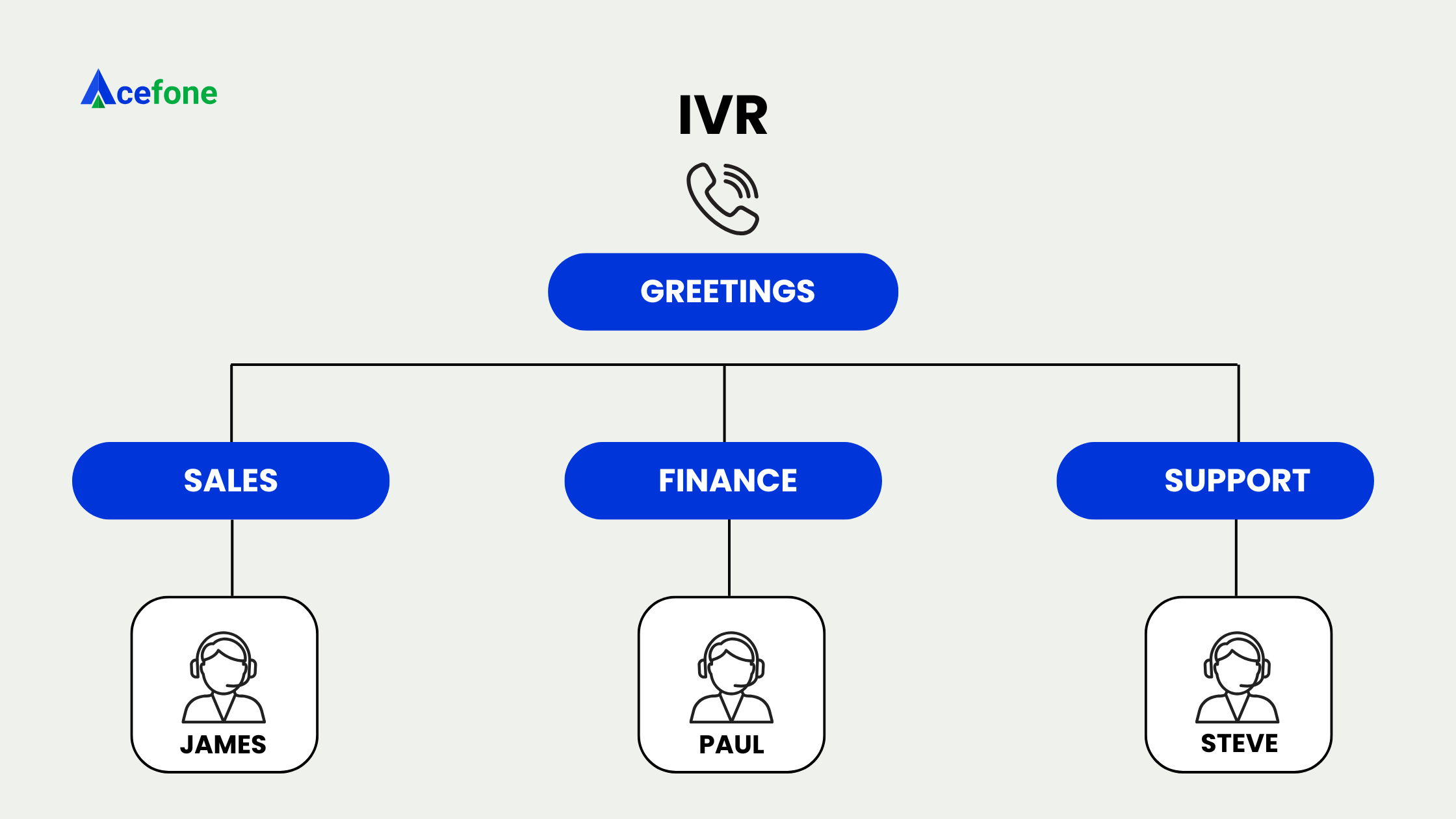
How to Improve Outbound Call Center Operations
Improving outbound call center software operations means combining the right technology, training, and processes to boost efficiency and customer satisfaction.
1. Use Smart Dialing Systems
Pick dialing tools like predictive or progressive dialers that automatically call numbers at the right pace. This means agents spend less time waiting and more time talking to customers.
2. Integrate CRM for Real-Time Context
Make sure agents can instantly see a customer’s past calls, purchases, and preferences. This helps them talk more personally and solve problems faster.
3. Deploy Dynamic Agent Scripts
Use flexible scripts that change based on who the customer is or how they’re feeling. This way, agents don’t sound robotic and can handle different situations better.
4. Train Soft Skills
Teach agents to understand, listen carefully, and handle objections calmly. These skills help build trust and increase the chance of a successful call.
5. Track KPIs Effectively
Keep an eye on important numbers like how many calls turn into sales, how long calls last, and how much agents talk versus listen. This shows what’s working and what needs fixing.
6. Automated Post-Call Processes
Use hosted contact center software to automatically save call details, label the results, and schedule follow-up tasks. This reduces mistakes and saves time.
7. Leverage AI for Pre/Post-Call Optimization
Use AI tools that suggest what agents should say during calls and analyze how customers feel. This helps agents make smarter decisions in real time.
8. Ensure Regulatory Compliance
Follow rules by using Do-Not-Call lists to avoid unwanted calls, getting scripts checked, and setting up alerts for compliance issues. This keeps the business legal and trustworthy.
How Acefone’s Outbound Call Center Helps You
Acefone’s smart cloud contact center software is built to make your outbound calling smarter, fully compliant with regulations, and more efficient, helping your team close more deals with less effort.
- AI Suggestions During Calls
Agents receive real-time tips and prompts to handle objections smoothly or spot chances to upsell, improving call quality and success rates. - Voice Bots for Lead Qualification
Automated voice bots answer simple questions and quickly identify serious leads, so your human agents focus on high-value prospects who need personal attention. - WhatsApp + Voice Integration
Combine WhatsApp messaging and voice calls to connect with customers on their preferred channels, creating a seamless and more engaging communication experience.
What’s Next for Outbound Call Center?
The future is omnichannel, automated, and insight driven. As outbound centers shift toward predictive engagement and AI-human collaboration, they’ll become strategic engines for growth rather than just dialing desks.
Industries will benefit from:
- Reduced churn
- Personalized engagement
- Higher conversions
- Stronger customer retention
Platforms like Acefone are at the forefront—empowering teams to turn each call into a conversation that converts.
Ready to upgrade your outbound strategy?
Discover how Acefone’s cloud solutions transform calling campaigns into scalable customer experiences.
FAQs
By using targeted calling campaigns, smart dialing technology, and personalized scripts, outbound call center connect agents with qualified leads quickly, increasing conversion rates and driving revenue growth.
Modern outbound centers rely on automatic dialers (predictive, preview, progressive), CRM integration, call recording, real-time monitoring, and analytics dashboards to boost agent productivity and ensure quality.
Compliance involves adhering to regional regulations like Do Not Call (DNC) lists, consent management, and call recording regulations. Using built-in compliance tools in dialers and CRM systems helps avoid legal risks and protects customer trust.
Key performance indicators include call connection rate, average handling time, conversion rate, follow-up rate, and first call resolution. These metrics help optimize campaigns and improve agent performance.
Many outbound contact centers offer omnichannel capabilities, combining voice calls with SMS, email, and messaging apps. This multi-channel approach enhances customer engagement by meeting them where they prefer to communicate.
